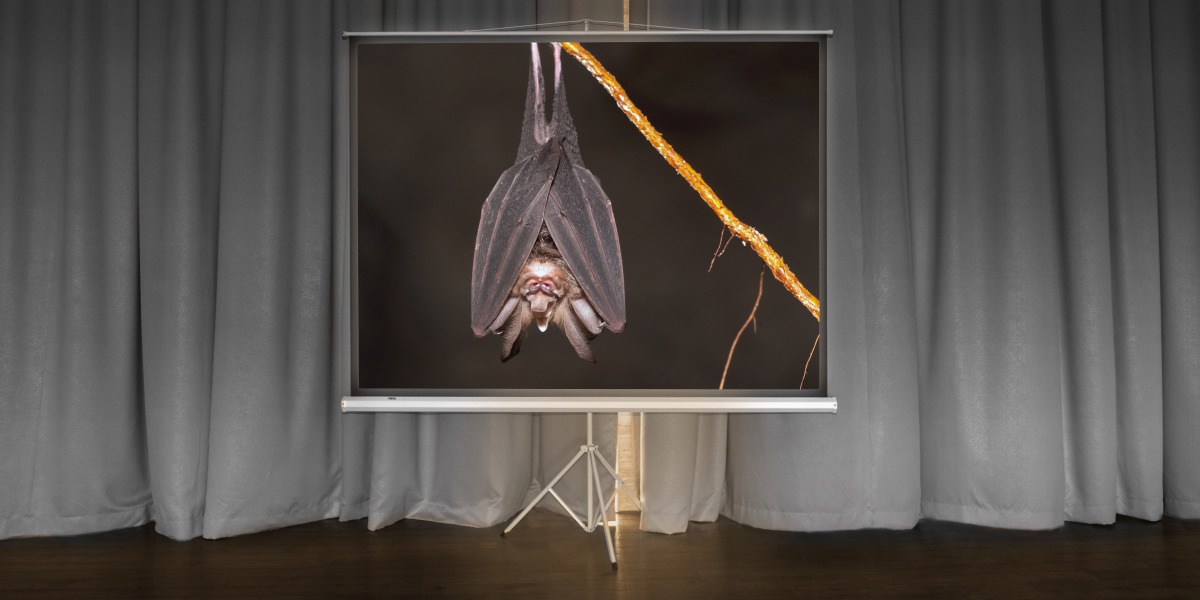This is a good insight into the progress of the investigation, but they kind of miss the point of the lab leak hypothesis. The RaTG13 sequence is 96% similar and no one would bat an eye at the SARS-CoV-2 sequence if there wasn’t a 4 amino acid insertion right at the S1/S2 junction. 3 of the 4 amino acids constitute a polybasic cleavage site (RRAR) which is a well known motif in HIV and a few other human pathogens. The crux of the lab leak hypothesis as I understand it is that this insertion is highly unlikely to occur in nature because insertions are rare enough in coronaviruses (they do have a proofreading mechanism in their polymerase) and SARS-CoV-2 has 12 insertions right next to one another.
This isn’t to say that it is impossible to happen in nature, and they have just recently found coronaviruses in bats with insertions in that region.
I don’t mean to say you should believe on or the other hypothesis, but the article did a bad job of explaining why lab leak is even considered when the known bat strain is 96% similar.
That read more like a political anti-China hit-piece than a scientific article. Claiming the WHO had no freedom of movement to investigate? WHO members themselves have denied this.



